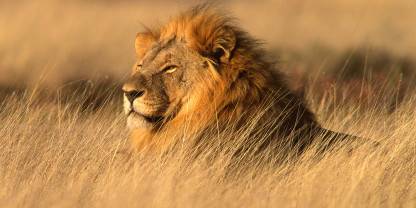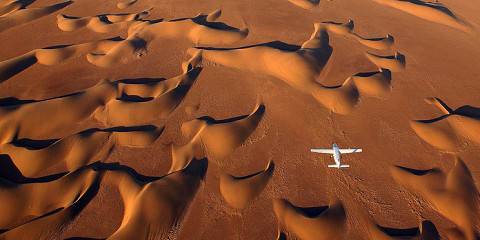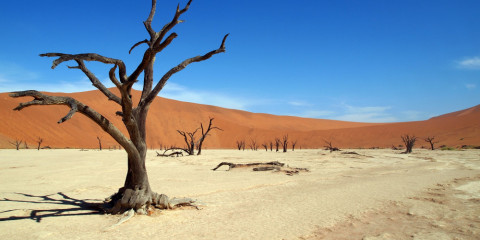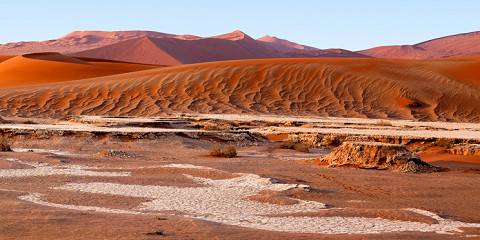Etosha National Park is Namibia’s most popular park for wildlife viewing and is characterized by the vast, saline Etosha Pan. During the Dry season (May to October), the around the pan become crowded with large concentrations of animals. Four of the Big Five are present, with only buffalo absent. Etosha’s floodlit provide a rare opportunity for nighttime wildlife viewing.

-
Best Time To Go
- May to October (Animals come to water)
-
High Season
- July to November (The park gets crowded)
-
Size
- 22,935km² / 8,855mi²
-
Altitude
-
1,061-1,451m /3,481-4,760ft
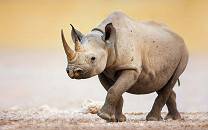 View Photos
View Photos
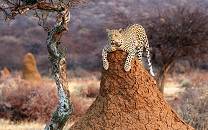 View Photos
+24
Photos
View Photos
+24
Photos
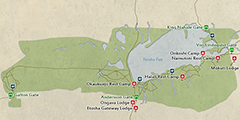 Open Map
Open Map
Pros & Cons
- Exceptional wildlife viewing during the Dry season
- Especially good for elephants, lions and black rhinos
- Floodlit for nighttime viewing at some camps
- Easy self-drive destination
- Several accommodations catering to different budgets
- Wildlife viewing is a little more difficult during the Wet season
- Rest camps catering to self-drive visitors make it less exclusive
- Very hot climate and dusty conditions
Wildlife
Wildlife viewing in Etosha is outstanding in the Dry season (May to October) when animals gather around the , especially later in the season. Elephants are abundant, and there’s a good chance of seeing lions. Big herds of zebra, blue wildebeest, springbok and gemsbok are often seen drinking together. Black rhinos are also commonly spotted after dark. Giraffe and eland might join as well. Black-backed jackals are very common.
More about Etosha’s wildlifeScenery
Etosha (meaning ‘Great White Place’) takes its name from the enormous Etosha Pan, a large silvery-white that collects a thin layer of saltwater after heavy rains. It is the artificial and natural springs scattered among the grassy plains and that attract most of the wildlife. In the heat, Etosha’s horizon seems to go on forever.
Activities
Etosha is all about the , whether you opt for a guided tour with a knowledgeable guide-driver or a self-drive excursion. It’s important to note that off-road driving within the national park is strictly forbidden. However, it is allowed for guides (rarely for self-drivers) in some of the concessions and conservancies that border the park to the east and south.
Weather & Climate
The semi-desert landscape of Etosha receives almost no rainfall during the Dry season (May to October). Temperatures can drop as low as 7°C/45°F in the early morning for much of this time. Only in September and October does the weather start to get hot. The heat continues throughout the Wet season (November to April), with nighttime temperatures averaging around 16°C/61°F.
More about the weather and climateBest Time To Visit
Animals gather around Etosha’s centerpiece pan and during the Dry season (May to October), especially as the season progresses. The plentiful wildlife and generally good weather means the park gets quite crowded at this time. Wildlife viewing is more challenging during the Wet season (November to April), but there are fewer crowds, the scenery is lush and it rarely rains much.
More about the best time to visit
